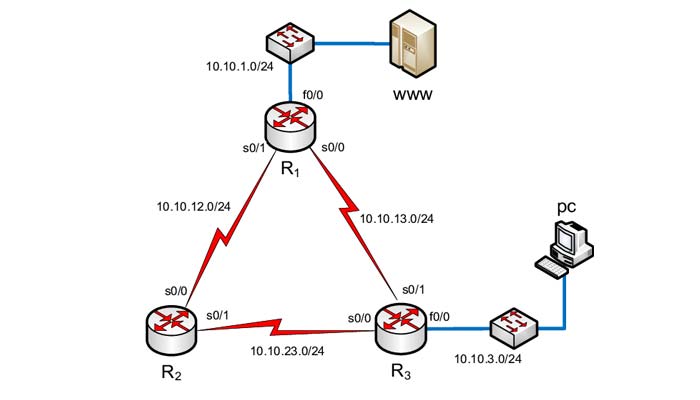In this article, I am going to explain you about Routing and Switching and what are the differences between Routing and Switching, basically Routing and Switching are networking-related basic terms. In any computer network setup, data packets are relayed in different ways, and these terms relate to such a phenomenon.
What is switching?
In switching, data packets are sent between the devices on the same network; for instance, data packets remain in the same LAN (Local Area Network). Inside a single unit of the network, say a LAN, various devices are connected to each other simultaneously with the help of a switching device.
Switches operate at Layer 2 of the OSI (Open System Interconnection) Model. A switching device knows where to send the data packets on the same network. This is done by using MAC addresses, or the hardware address of a network adapter. A table of MAC addresses is maintained by a switch.
There are three types of switching techniques, namely: Circuit Switching, Packet switching, and Message switching.
What is routing?
Routing is the process of connecting various networks simultaneously. Routing, therefore, happens in the network layer. Routing process involves setting a path for data packets to move in a network or across multiple networks.
Routers operate at Layer 3 of the OSI Model or the network layer. A Router does this by sending a data packet by using Network part of the destination IP (Internet Protocol) address. A routing device maintains a table called Routing Table. This table is used to determine the route to the destination network.
If there are multiple conductors, the electricity would go through the conductor having the path of least resistance. Similarly, a router tries to send data packets, possibly through the shortest path in the connection of various networks.
By now, reading the definitions of the terms might have brought in a sense of understanding that how routing and switching are fundamentally different. However, the differences between the two can be more clearly understood from the following table:
Difference Between Routing and Switching
| Router | Switch |
| 1. Various networks are connected simultaneously by the router. This is its main objective. | 1. Various devices on the same network are connected with the help of a switch. |
| 2. It works in the network layer. | 2. It works in the data link layer. |
| 3. Used by LAN, MAN (Metropolitan Area Network) and WAN ( Wide Area Network) | 3. Used by LAN only. |
| 4. Data is send as packets over by a Router. | 4. Data is sent in the form of discrete packets, or in frames. |
| 5. Chances of the collision of data packets are there, though it is minimized. | 5. In the case of full-duplex switching, chances of the collision of data packets are zero. |
| 6. The types of routing are Adaptive and Non-Adaptive routing. | 6. Types of switching are Circuit, Packet, and Message. |
| 7. It provides security measures to protect the network. | 7. It provides port security. |
| 8. Bandwidth sharing is dynamic | 8. There is no sharing of bandwidth. |
| 9. It takes faster routing decisions. | 9. It can take relatively more time for complex routing decisions. |
| 10. It uses IP addresses. | 10. It uses MAC addresses. |
| 11. Transmission type: At initial level Broadcast. Then unicast and multi-cast. | 11. Transmission type: first Broadcast; then unicast and multicast as needed. |
If you have any doubts related to Routing and Switching and differences between Routing and Switching please ask in comment.
These articles can be helpful for you.

